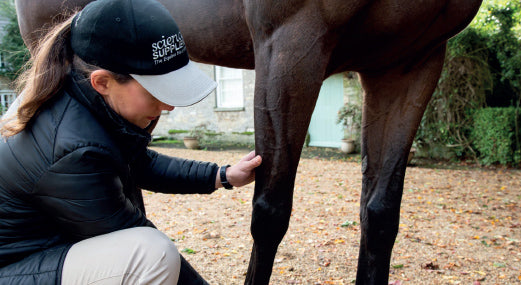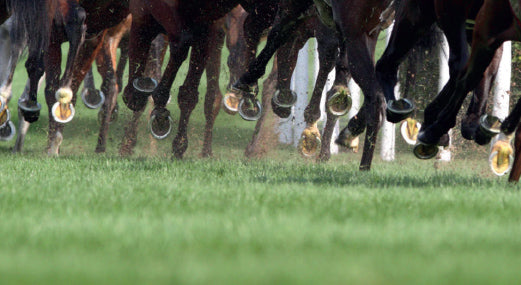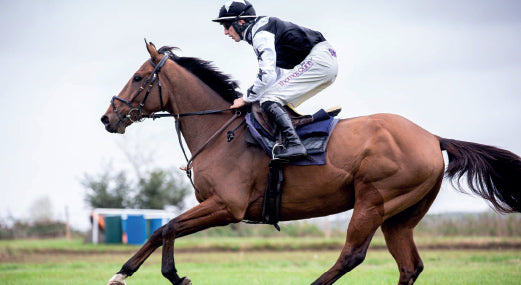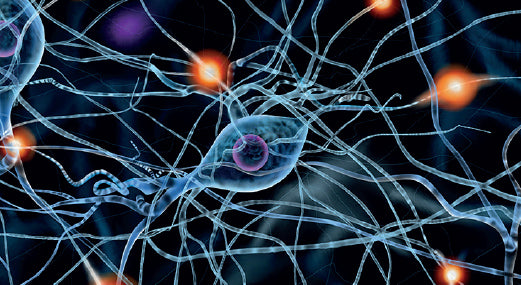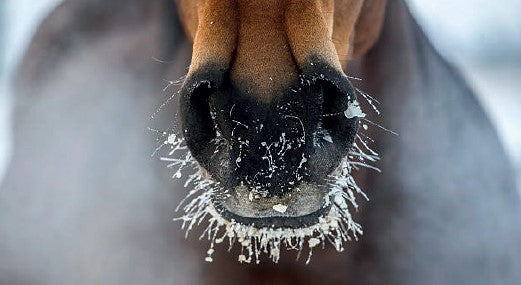Performance
Does Light Therapy Aid Wound healing?
Light‐emitting diodes (LEDs) are commonly used for treating a variety of disorders in horses, including wounds. Despite anecdotal claims that these LEDs shorten healing times, there is a lack of scientific evaluation ...
Read More
How do ‘pressure headcollars’ affect equine behaviour?
Despite domestication and careful management, horses retain many of their innate flight and fright behaviours in response to environmental challenges. Consequently, the use of equipment to manage and reduce the likeli...
Read More
Does Intra-articular Steroid Therapy Affect Tendon Structure?
Deep digital flexor tendon (DDFT) injuries including those accompanying degenerative changes of navicular bone are a major cause of lameness associated with navicular disease. Injection of corticosteroids into the nav...
Read More
Thoroughbred use, health and owner satisfaction following retirement from racing
Each year a great many Thoroughbred racehorses retire and are rehomed for alternative careers unrelated to racing. Whilst studies investigating racehorse health are frequent, there are few regarding the health of Thor...
Read More
Natural vs. Synthetic Vitamin E Supplementation in Exercising Horses
Vitamin E is abundant in fresh grass but becomes unstable, reducing the amount available to the horse, in the process of baling and storing hay. Horses without access to pasture therefore require supplemental vitamin ...
Read More
Scoring system finds lameness in horses considered sound by their owners
Low grade lameness in ridden horses is more common than recognised by owners. A previous UK study of 506 sports horses in full work and presumed to be non‐lame found that 47% were lame or had other pain‐related gait a...
Read More
No Foot, No Horse? Are low heels associated with hind limb lameness?
Low heels are the most common abnormal hoof conformation seen in both the front and hind feet of horses. This conformation causes a ‘broken‐back’ hoof‐pastern axis and hyperextension of the distal interphalangeal (cof...
Read More
Assessment of injury risk in high level eventing horses
In human sport science, the acute:chronic workload ratio (ACWR) is used to monitor an athlete’s preparedness for competition and to assess risk of injury. Researchers in the Netherlands have conducted a study investig...
Read More
New recording technique to detect a difficult-to-diagnose equine heart condition
Use of a new electrocardiogram (ECG) technique to detect an abnormal heart rhythm called paroxysmal atrial fibrillation (PAF) has been described in Nature Scientific Reports (Alexeenko et al., 2020). PAF causes rapid,...
Read More
Your horses’ ECG and heart rate on your mobile phone!
There was a time when a horses’ ECG would be studied in specialist clinics only with the horse standing attached to a large piece of equipment like the one featured (1) (rescued from a skip at the Animal Health Trust ...
Read More
Latest research into heart rates of horses during cross-country in eventing
A horses’ heart rate (the number of times its beat per minute) tells us how hard it working. The harder the horse works the higher the heart rate. It’s the equivalent of the rev counter in a car which tells us how har...
Read More
Would you like ice with that? Whole-body cryotherapy for horses!
The application of ice or snow or very cold water or packs containing cooling gels which have been cooled in freezers to relieve inflammation, pain and swelling is a commonly used first-aid technique for both people a...
Read More







